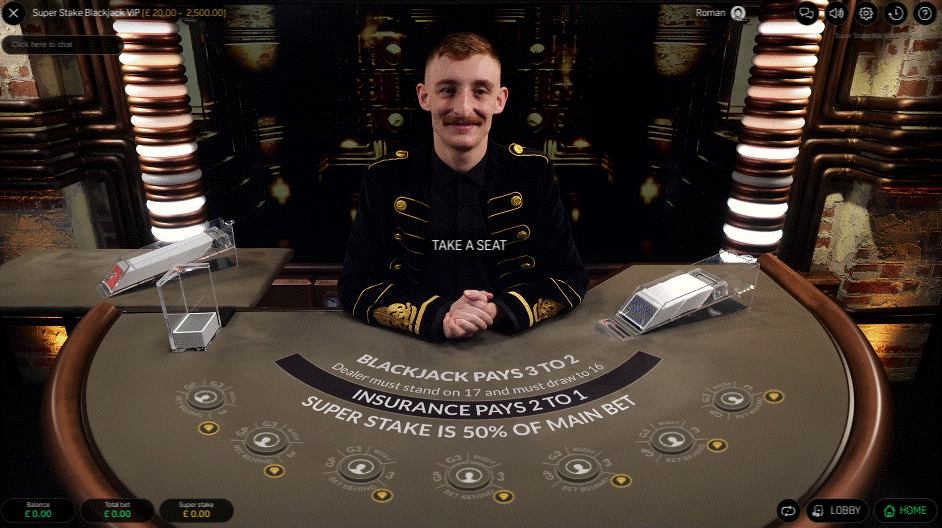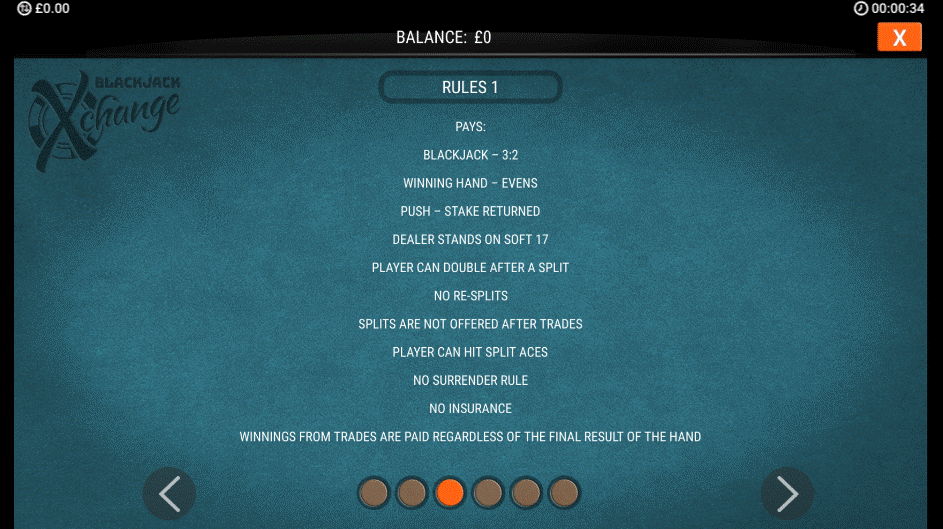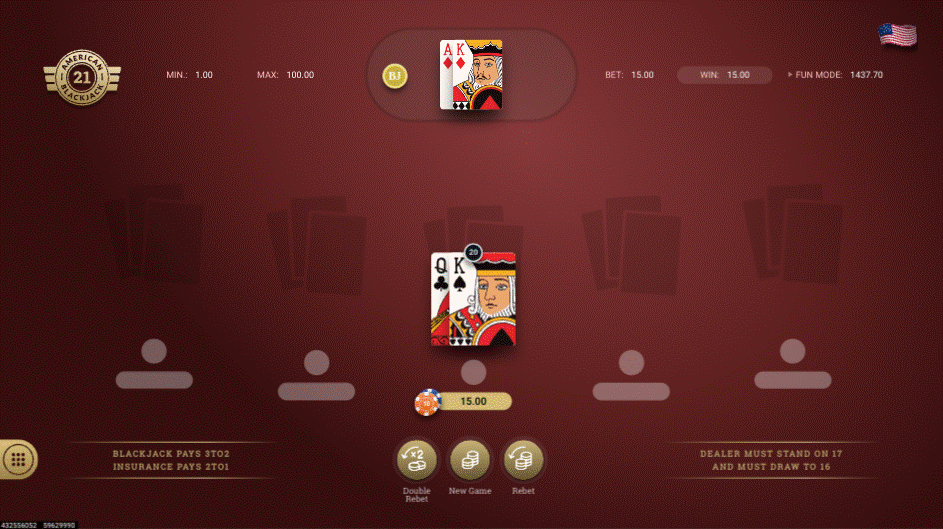Blackjack is one of the most popular casino card games in the world, with simple rules and quick-fire gameplay making it a favourite amongst beginners and experts alike. What draws many people to the game is the odds, whether that’s payout odds, odds of winning, house odds, or a combination of all three!
In this post, I’m going to cover the ins and outs of Blackjack odds, from your overall chances of winning, losing and tying, to payout odds, the dealer’s chances of winning based on different Blackjack rules, and house odds.

There’s a lot of potential for information overload here, but don’t worry. I’ve broken it down into bite-sized chunks, so you won’t get snowed under by the stats. Ready? Brush up on your Blackjack terms if you need to, then let’s go!
Payout Odds

When people talk about Blackjack odds, they’re usually referring to Blackjack payout odds – that is, how much you can expect to get back if you win. Let’s take a look at the payout odds for the main game, then check out what kind of payouts you can expect from the various side bets you might come across.
Main game Blackjack payouts can be split into Blackjack hand wins, regular wins (ie. you beat the dealer) and the tie. Betting actions like Blackjack split and double down have no bearing on payouts.
| Hand | Payout |
| Blackjack hand win (eg. European/American variants) | 3/2 |
| Blackjack hand win (other variants) | 6/5 |
| Non-Blackjack hand win (Blackjack win in Switch/Face Up 21 variants) | 1/1 |
| Tie | Push (stake returned) |
Already you can see that the variant of the game you choose can have an impact on how much you stand to win. Hot tip: Avoid the 6/5 payout games (= 1.2/1 compared to the 1.5/1 standard payout).

Side bets like Insurance, Perfect Pair and 21+3 all have their own payouts. Let’s take a look at these Blackjack side bet odds:
| Blackjack side bet | Payout |
| Insurance | 2/1 |
| Perfect Pair: Mixed | 5/1 |
| Perfect Pair: Colour match | 10/1 |
| Perfect Pair: Perfect | 30/1 |
| 21 + 3: Flush | 5/1 |
| 21 + 3: Straight | 10/1 |
| 21 + 3: Three of a Kind | 30/1 |
| 21 + 3: Straight Flush | 40/1 |
| 21 + 3: Suited Three of a Kind | 100/1 |
Advice: Side bets are fun to try, but responsible gaming involves limiting risks, so play side bets sparingly.
Blackjack Odds of Winning
Now you know how much to expect if you win. What about the actual probability of winning Blackjack? This is where Blackjack odds get juicy! The conversation on Blackjack probability tends to revolve around the odds of winning in Blackjack – hardly surprising really! Luckily, that conversation is pretty short: Blackjack winning odds are around 42.22%.

What about your chances of getting a Blackjack hand? While that varies depending on the variant of the game you’re playing (ie. whether a single deck or multiple decks are being used), the odds of landing Blackjack fall between 4.75% and 4.83%. European Blackjack tends to involve fewer decks than American Blackjack, which is just one aspect of European Blackjack strategy.
Blackjack Odds of Losing
While your Blackjack chances of winning are far more interesting to look at, it’s worth knowing what your chances are of losing a hand in Blackjack. If you don’t win, that usually means the house does, and they do so almost half the time: around 49.1% of the time, in fact.
Blackjack Odds of a Tie
If you don’t win and the house doesn’t win, it’s a tie. How often does a tie happen? The odds of landing a tie in Blackjack are about 8.48%. Remember, if this happens, you’ll get your stake back.
Player Bust Odds
Let’s spice things up a bit to cover a more realistic Blackjack experience. After all, what you really want to know is how likely you are to bust if you hit, right? Take a look at this next Blackjack odds table to see your odds of busting depending on the hand total you have:
| Hand total | Chance of busting |
| 11 or less | 0% |
| 12 | 31% |
| 13 | 39% |
| 14 | 56% |
| 15 | 58% |
| 16 | 62% |
| 17 | 69% |
| 18 | 77% |
| 19 | 85% |
| 20 | 92% |
| 21 | 100% |
Takeaways? Always hit on 11 or less, because you can’t lose, and never hit on 21, because you can’t win! This is a really useful table to print out as a Blackjack strategy card along with the next one.
Dealer Bust Odds

Knowing your chances of staying in the game when you hit is only part of the equation, of course. You’re playing against the dealer, so it pays to be aware of their chances of busting too. However, there’s an extra variable we need to be aware of here: when the dealer must hit and when they must stand, ie. the Soft 17 Blackjack rule. This rule can vary from one game to the next, with the dealer’s chances of busting also varying accordingly.
Take a look at the dealer’s bust odds based on their single up card and the two main Soft 17 rule variants:
| Dealer’s Up Card | Bust odds when dealer stands on Soft 17 | Bust odds when dealer hits on Soft 17 |
| A | 17% | 20% |
| 2 | 35% | 36% |
| 3 | 37% | 38% |
| 4 | 40% | 40% |
| 5 | 42% | 42% |
| 6 | 42% | 44% |
| 7 | 26% | 26% |
| 8 | 24% | 24% |
| 9 | 23% | 23% |
| 10 | 23% | 23% |
If you’re looking for Blackjack tips to win, the hit on Soft 17 rule is the better option for the player. There might only be a couple of percentage points in it, but when you’re talking about Blackjack basic strategy odds, these are the kind of edges you want to make sure are on your side, not the dealer’s!
House Edge

Speaking of edges, let’s take a look at another commonly referred to metric, the house edge. Every casino game has a house edge, which is effectively the cut the casino gets for offering you their games. The Return to Player (RTP) is the opposite of the house edge and is usually advertised in the payout section of each game. In Blackjack, the rules and payouts determine the house edge and RTP, the latter of which can range between 0.39 and 0.85% depending on the game.
Here’s a look at the house edge and corresponding RTP of the most common Blackjack games:
| Blackjack game | House edge | RTP |
| European Blackjack | 0.39% | 99.61% |
| American Blackjack | 0.61% | 99.39% |
| Switch Blackjack | 0.58% | 99.42% |
| Face Up 21 | 0.85% | 99.15% |
| Live Dealer Blackjack | 0.49% to 0.72% | 99.51% to 99.28% |
It’s pretty well known that Blackjack house odds are some of the most attractive of all casino games. What’s not so well known is you can shave that house edge down past the average 0.5% simply by choosing your Blackjack variant carefully!
You should also be aware that the payout rules for a Blackjack hand win also influence the game’s house edge. Take a look:
| Blackjack hand win payout | House edge |
| 3/2 | 0.5% |
| 6/5 | 1.9% |
| 1/1 | 2.8% |
As you can see, the Blackjack house edge is at its lowest when Blackjack pays 3/2, so it’s a good idea to opt for that game variant when you can.
Remember that quoted house edges are theoretical and based on optimal play. If you want to refine your game, check out our Blackjack strategy chart.
Summary
Whew, that’s a lot of numbers! Hopefully you’re not feeling too flummoxed at this point! As you can see, when you delve into the nitty gritty of the game, there are a lot of odds at play when it comes to Blackjack. Understanding these odds and how they affect your game is an excellent way to get the most out of your experience. It’s also a great way of nailing down exactly what variants are better for the player in terms of payouts and chances of winning.
Why not bookmark or print out this page and make your own Blackjack odds card to refer to next time you play Blackjack for real money at one of PlayOJO’s 180+ Blackjack tables? Then you can benefit from the insider knowledge that few people really think about!


















